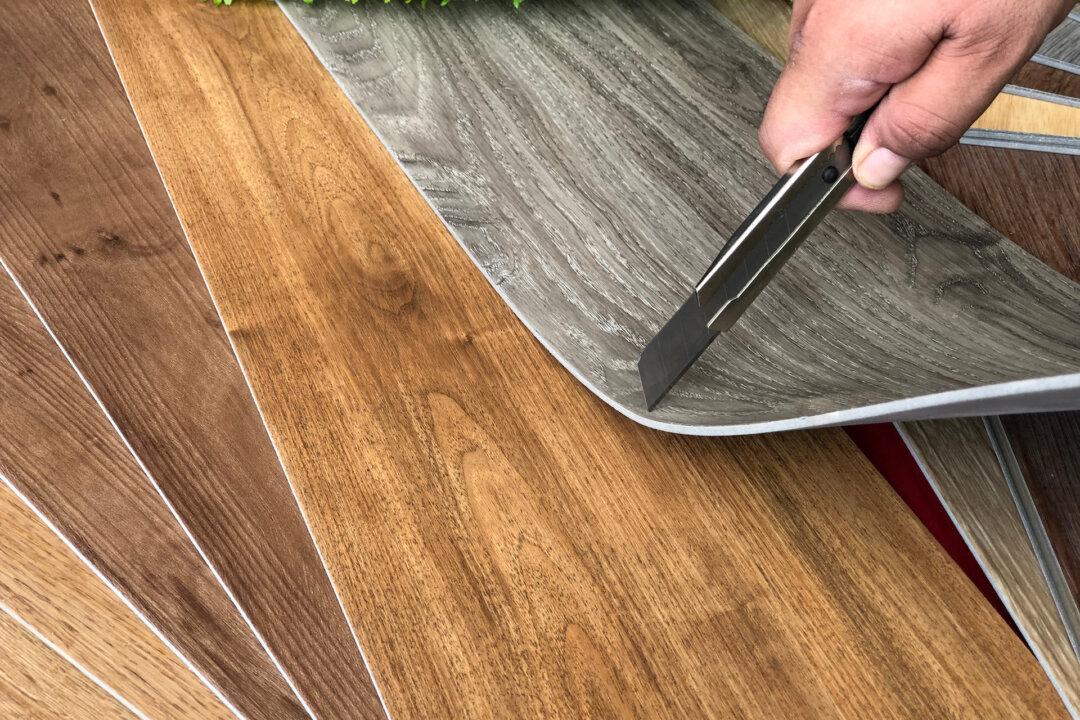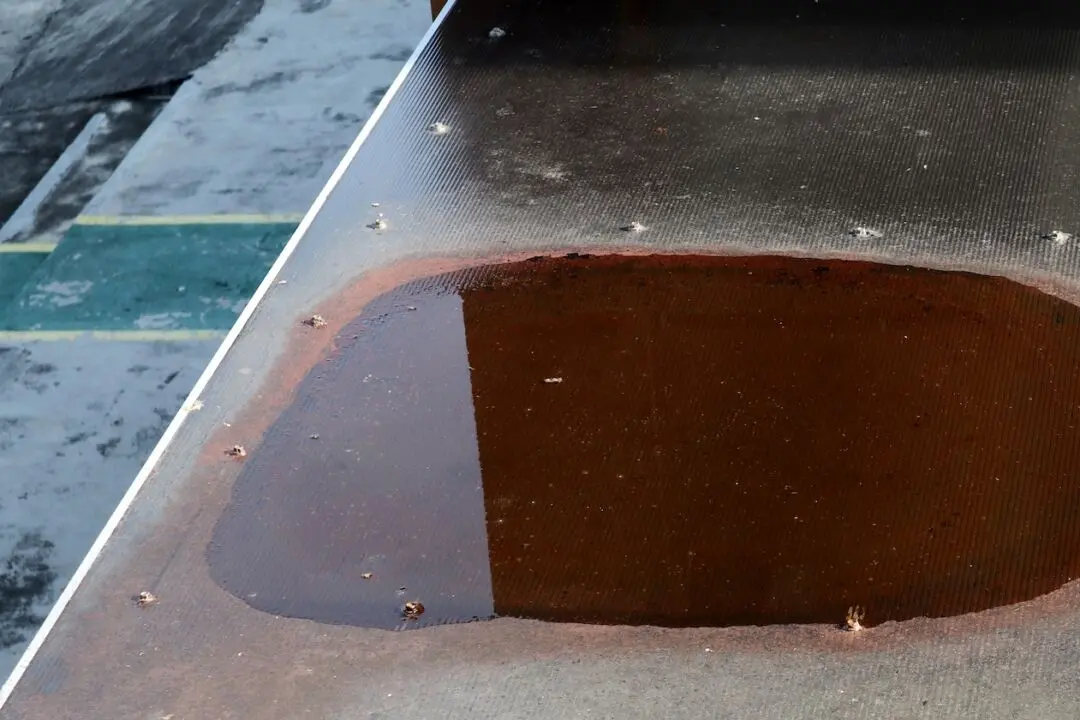Dear James: I want new sheet vinyl flooring in my kitchen. The last one cracked too quickly. What should we do to be sure this does not happen this time it’s installed?—Betsey G.
Dear Betsey: Definitely don’t use the same company or installers you did the first time. In most cases, durability problems with sheet vinyl floors, particularly ones that occur quickly after installation, are results of improper workmanship. Unless you are experienced, this is typically not a do-it-yourself job.





